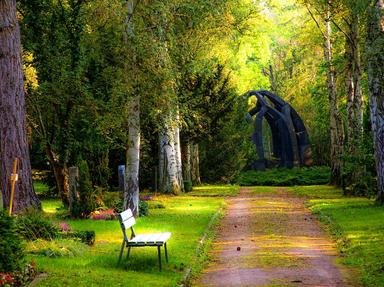Quiz Answer Key and Fun Facts
1. William Henry Harrison holds the record for the shortest term of office of any president, but for how long did he hold the presidency before he died?
2. Zachary Taylor is believed to have died as a result of severe gastroenteritis, having eaten contaminated food during which holiday?
3. Abraham Lincoln was famously attending a performance of the play "Our American Cousin" when he received a fatal gunshot wound, but who had he originally invited to the performance as his guest?
4. James Garfield was shot while on his way to catch a train for his summer vacation. At which railway station in Washington DC did the assassin strike?
5. William McKinley was in attendance at the Pan-American Expo when he received a gunshot wound. In which city was the event taking place?
6. Warren G. Harding was on a major tour of the United States when he died. At which university in a west coast state did he make his final speech?
7. At the end of March 1945, Franklin D. Roosevelt left Washington DC for a brief vacation prior to the founding conference of the United Nations. In which state was he vacationing when he died on April 12?
8. On November 22 1963, John F. Kennedy's last engagement before flying to Dallas was in which Texas city?
9. Of the eight presidents to have died in office, which one survived the longest from being taken ill or receiving a gunshot wound, to their eventual death?
10. All eight presidents to die in office were succeeded by their vice-president. Which vice-president had the longest subsequent term as president?
Source: Author
Red_John
This quiz was reviewed by FunTrivia editor
stedman before going online.
Any errors found in FunTrivia content are routinely corrected through our feedback system.
